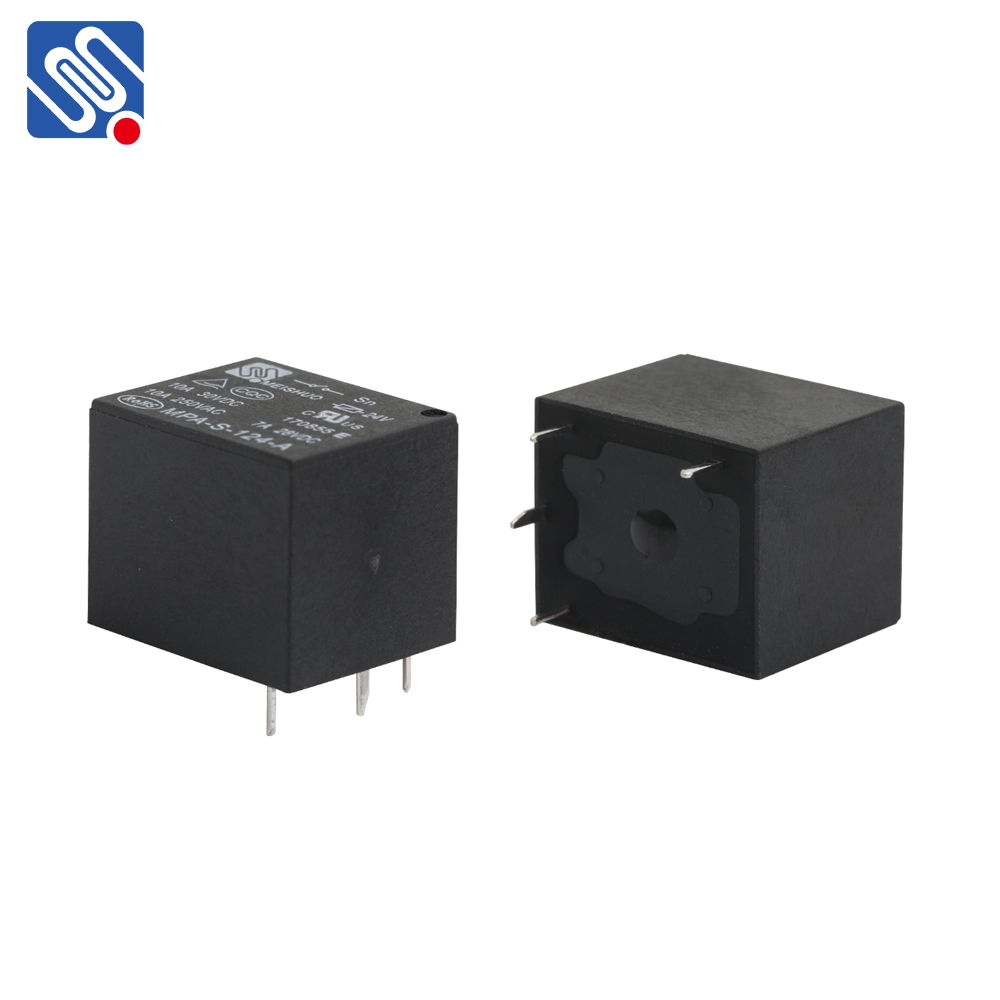Relay circuits are fundamental components in modern electronics, enabling the control of high-voltage or high-current devices using low-voltage signals. They serve a critical role in automation, safety systems, and many other applications where electrical isolation and switching capabilities are necessary. This article aims to provide an in-depth understanding of relay circuit design, the key components involved, and the practical steps to designing and building reliable relay systems.

What is a Relay? A relay is an electrically operated switch that uses an electromagnet to open or close one or more sets of contacts. The basic mechanism of a relay involves a coil that, when energized, creates a magnetic field, pulling a lever or armature to close or open a contact. This allows a low-power control signal to control a high-power circuit, enabling it to switch larger currents or voltages than the control circuit can handle. Key Components in Relay Circuit Design A well-designed relay circuit typically consists of several key components: Relay: The core component of the system. It is available in various configurations, including single-pole single-throw (SPST), single-pole double-throw (SPDT), double-pole single-throw (DPST), and others.
Leave a Reply